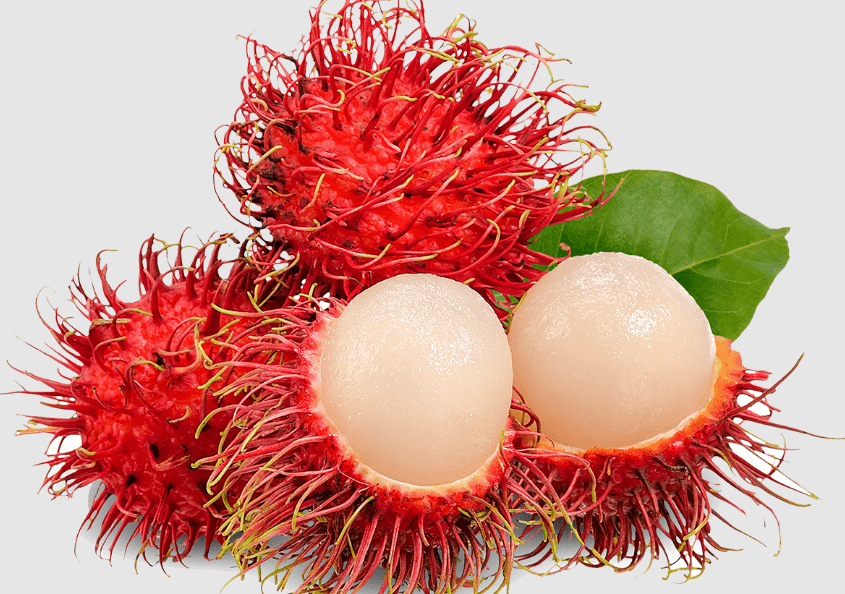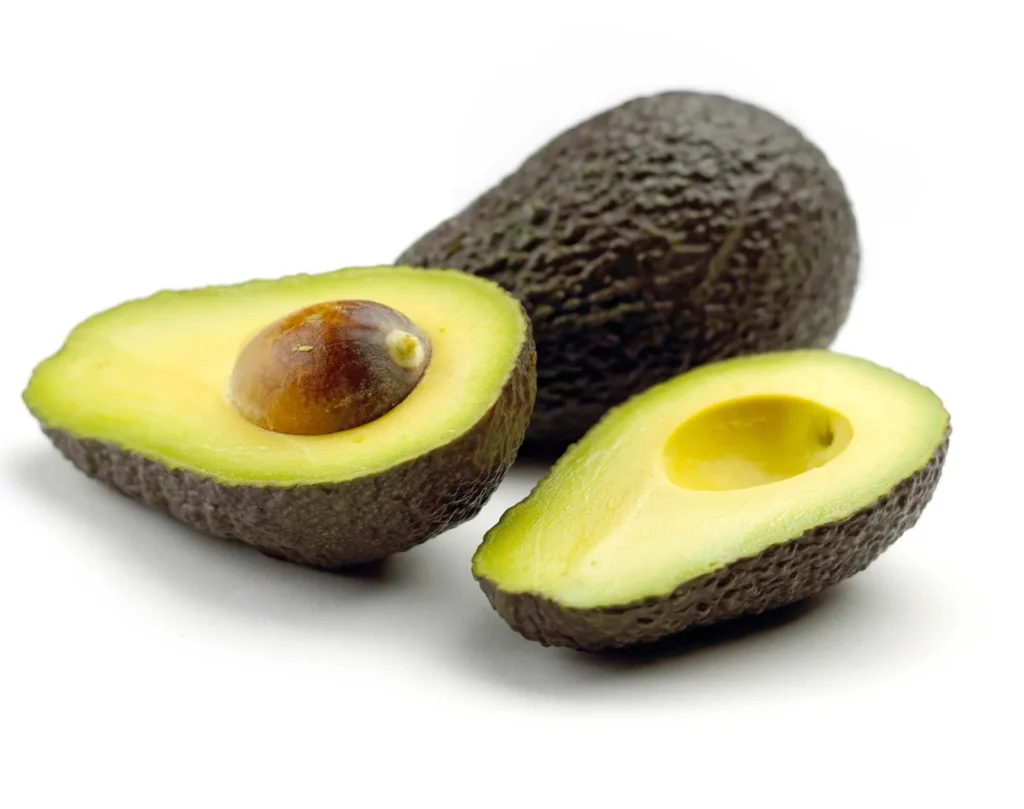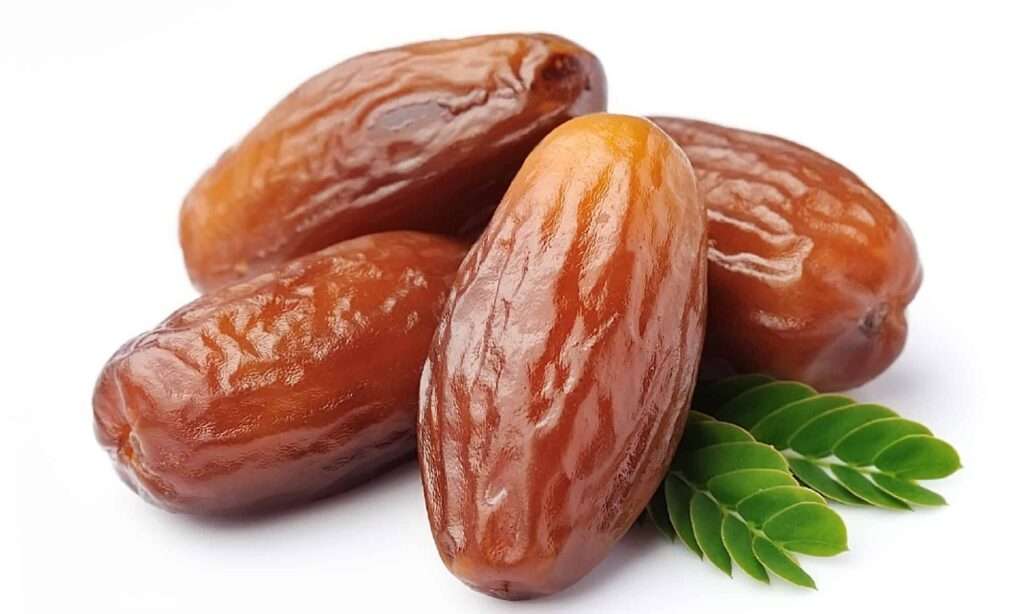
Description
The fruit is a single-seeded, round to oval drupe that is borne in a loose hanging cluster of 10–20 individual drupes that are each 3-6 cm long and 3–4 cm wide. The name, which translates to “hairs,” refers to the leathery skin, which is reddish (occasionally orange or yellow) and covered in fleshy, elastic spines. The fruit’s spines (contribute to transpiration, which may have an impact on the fruit’s quality.
Varieties
From carefully chosen clones that were available throughout tropical Asia, well over 200 cultivars were created. For simpler harvesting, the majority of the cultivars are chosen for compact growth, growing to a maximum height of only 3-5 m.
Rambutans harvested from the wild have a stronger acidity and potential for use in a variety of foods than clones that have been grown. There are 22 high-quality rambutan cultivars in Indonesia, five of which are the most widely grown commercially: “Binjai,” “Lebak Bulus,” “Rapiah,” “Cimacan,” and “Sinyonya.” Other well-liked cultivars include “Simacan,” “Silengkeng,” “Sikonto,” and “Aceh kuning.” Commercial cultivars in the Malay peninsula include “Peng Thing Bee,” “Chooi Ang,” “Azimat,” “Ya Tow,” and “Ayer Mas.”

Uses
By removing the peel, eating the pulp, and tossing the seed, the rambutan tree’s fruit can be consumed uncooked. Although it can also be found in curries and savory recipes, rambutan is most frequently used in sweet foods like sorbets and puddings.
Nutrition
The rambutan fruit is primarily composed of water, 1% protein, 21% carbohydrates, and very little fat. The canned fruit has 82 calories per 100 g of reference material and only a small amount of manganese in terms of nutritional content. The level of other micronutrients is low.
Cultivation
Rambutans favor humid environments with high annual rainfall totals of over 2,000 mm and typical low temperatures of over 20 °C. Temperatures around 30o C are ideal for their growth. The ideal soil for rambutans has a pH between 5.5 and 6.5, is well-drained, and is deep and loamy.
Table





